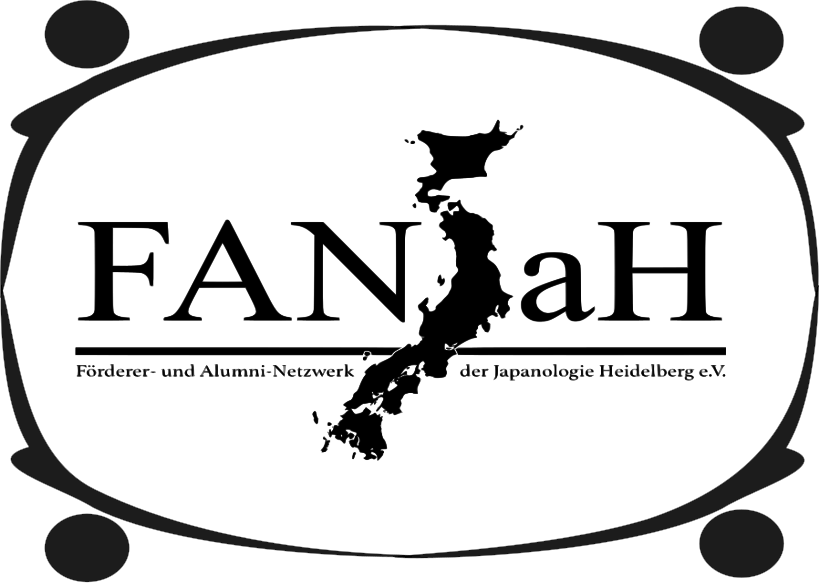Art of Digression: The Écritures of Abe Kazushige’s Amerika no yoru
Identifier (Artikel)
Abstract
This article analyzes the art of digression in Abe Kazushige’s 1994 debut novel Amerika no yoru arguing that it is an expression of écriture, meaning borderless writing that pushes the boundaries of form. International research has tended to limit the impact of Abe Kazushige’s 1990s fiction to his 1997 bestseller Individual Projection, which was heavily featured in the 1998 J-Bungaku marketing campaign. In contrast, this article spotlights novels and short stories that appeared before the presumed beginning of J-Bungaku. Abe’s earliest pieces are characterized by a complication of linear storytelling, which had a more lasting effect on defining the author’s originality in Heisei literature than later texts. It is precisely his early writing that made Abe one of Japanese contemporary literature’s distinctive writers, and had a profound effect on power relationships within the 1990s literary scene. The analysis shows that before Abe had adapted to a more accessible style in Individual Projection, his works consciously performed a radically non-mimetic, non-linear mode of writing, barely recognizable as literature. In order to assess Abe’s true role in the formation of Heisei literature, it may be deemed indispensable to look at his earliest fiction and their formal distinction.
Statistiken






